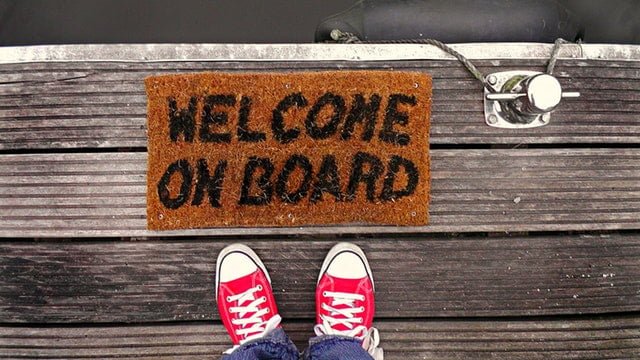The employee lifecycle refers to all the experiences and interactions one has with the company while working there. It starts with recruiting, followed by onboarding, development, retention, and lastly, separation. Successful HR departments make sure each stage is properly supported and effective.
The onboarding stage is arguably one of the most critical stages for employees. When speaking of onboarding, it’s more than just that one-hour new hire orientation webinar. It encompasses the entire process of an employee getting acclimated to the organization and their role.
It includes learning about the company’s policies, practices, and culture. While also putting a heavy focus on training the new hire in their new role. Yes, you may have hired them because of their extensive work history. But, they still need to learn your organization’s way of doing the job. Onboarding even includes minor things like learning the company’s lingo/abbreviations, where the coffee maker is, and building relationships.
Proper Onboarding is Crucial
If the recruitment stage is the organization’s first impression, the onboarding stage is their chance to live up to that first impression. A poor onboarding experience will have lasting effects on employee engagement, which can lead to early turnover due to poor employee experience.
Measuring your onboarding practices are a good way to stay aware of the onboarding program’s effectiveness. Unfortunately, there’s not just one metric that can tell you how successful the program is. But, there are a few HR metrics that can be used as indicators.
Time to Productivity
Time to productivity measures the length of time it takes for a new hire to meet expected performance levels. This would be the point where mistakes are minimal and the employee feels comfortable to complete the work on their own. Of course, the exact time to productivity can vary from team to team. But, generally, it shouldn’t vary too much from person to person within that team with the right onboarding program.
New Hire Turnover
New hire turnover measures the turnover of employees within their first 1 to 2 years with the organization. Employees who don’t feel properly acclimated to the company’s culture will start looking to move on. The first six months are critical as that’s when they’ll decide to stay or go.
Training Completion Rate
A key aspect of onboarding is training. Whether that’s training on company policies, soft skills for new leaders, or technical training on systems and machines, it’s important to know if that training is being completed. If not, start asking why. Do employees not know that training is available or maybe they’re not given the time to complete it.
The best onboarding programs have plans and checklists to help both the new hire and managers. It also holds both accountable for completing tasks and gives an easy way for HR to check-in.
Your HR metrics don’t have to be a pain to manage. The solution is a dashboard to help you manage all your metrics in one place. It will automatically pull in the data from your various HR systems and display your metrics with impactful visualizations.
Sign up today for a free demo of our HR analytics dashboard software.












